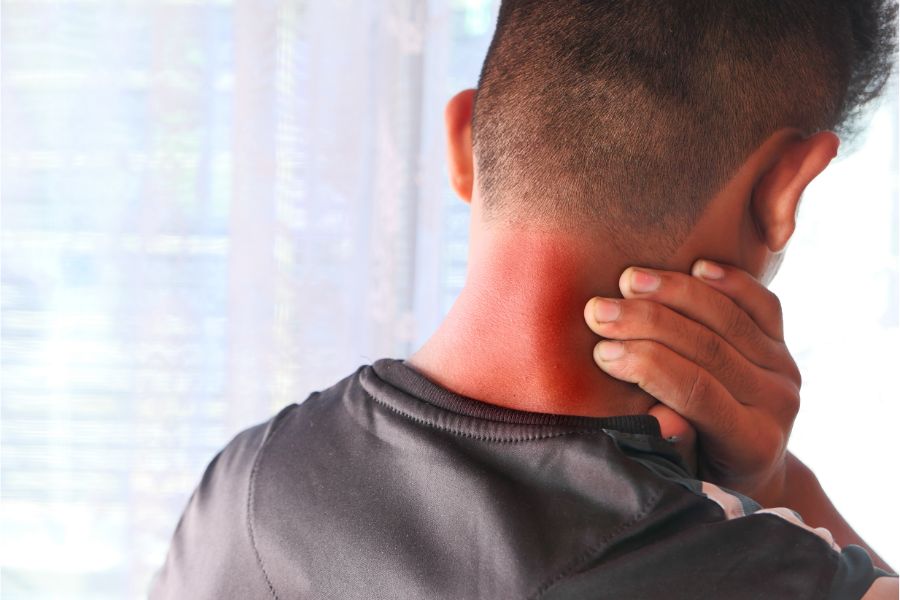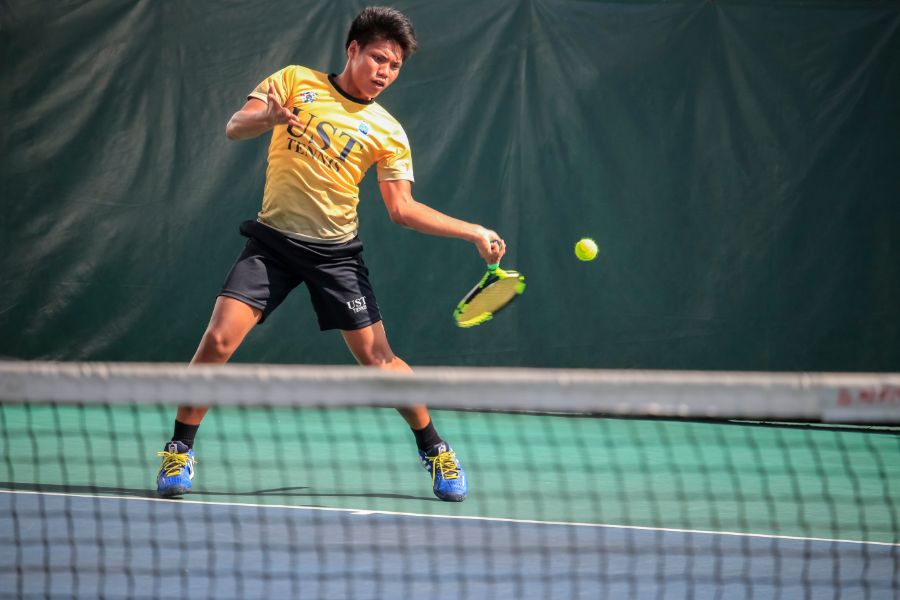Physical therapy can be very effective in treating SI joint (sacroiliac joint) pain. The SI joint is located between the sacrum (the triangular bone at the base of the spine) and the ilium (part of the pelvis). Dysfunction or inflammation of this joint can lead to pain in the lower back, buttocks, and hips. Back pain problems can be confused with, or related to, hip and leg pain, weakness, or numbness. Our clinicians are skilled at differential assessment and can treat most of these conditions with physical therapy. Try physical therapy before resorting to expensive tests and procedures!
How Saunders Treats Sacroiliac Joint (SI Joint) Problems
Musculoskeletal Evaluation: Our consultation starts with a thorough exam that includes an assessment of your posture, muscle flexibility and strength, spinal symmetry, and a neurological assessment.
Manual Therapy: This involves hands-on techniques performed by our PTs to mobilize and manipulate the SI joint. These techniques can help improve joint alignment and reduce pain.
Strengthening Exercises: Targeting the muscles around the SI joint, such as the glutes, lower back, and core muscles, can provide stability and support to the joint. Strengthening these muscles can also reduce strain on the SI joint.
Stretching Exercises: Gentle stretching of the hip and lower back muscles can help alleviate tightness and improve flexibility. Tight muscles around the SI joint can contribute to pain and dysfunction.
Posture and Body Mechanics Education: Learning proper posture and body mechanics during daily activities can help reduce stress on the SI joint and promote better alignment.
Heat or Cold Therapy: Applying heat or cold to the affected area can help reduce inflammation and relieve pain.
Bracing or Taping: In some cases, we may recommend wearing a supportive brace or using kinesiology tape to provide additional stability to the SI joint.
Low-Impact Exercises: Engaging in low-impact exercises such as swimming or biking can help maintain overall fitness without putting excessive strain on the SI joint.










